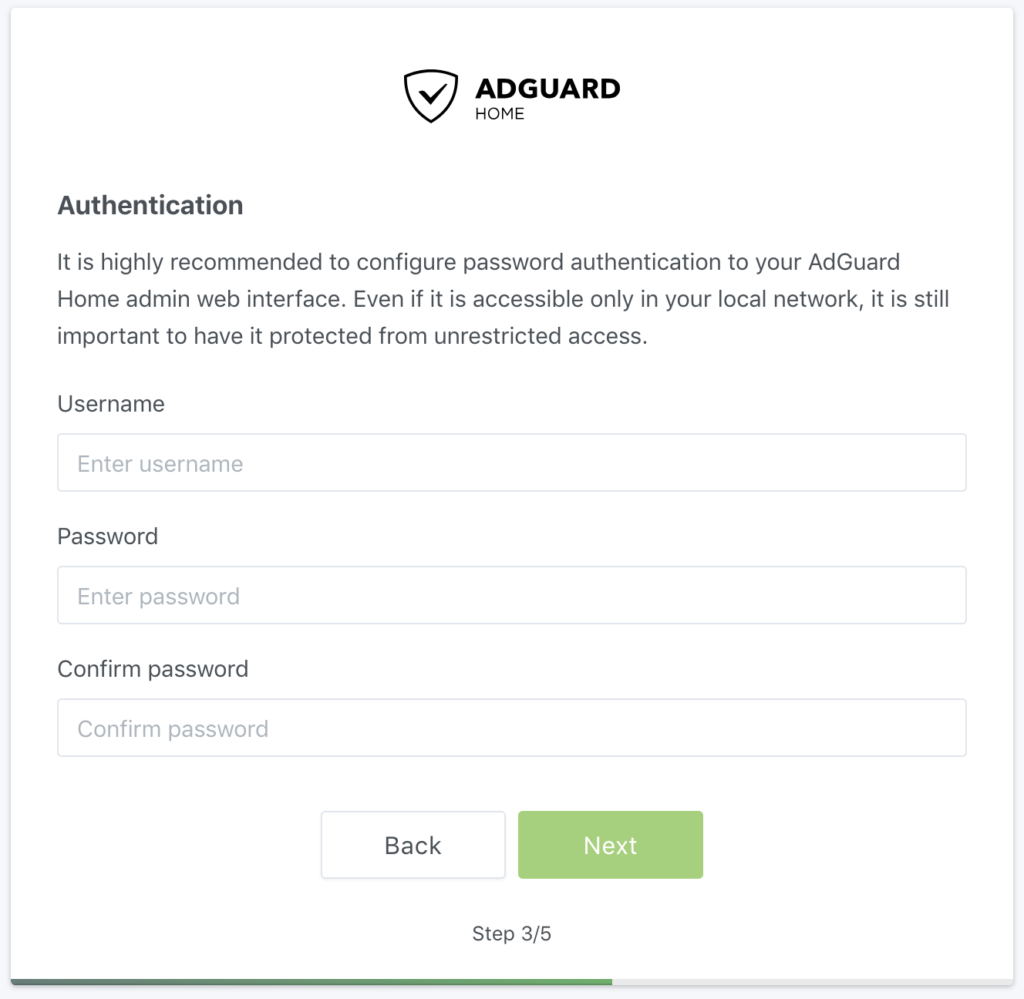
784/udp, 853 udp, 8853/udp: Add if you are going to run AdGuard Home as a DNS-over-QUIC server.853/tcp: Add if you plan to run AdGuard Home as a DNS-over-TLS server.

3000/tcp: Add if you want to use AdGuard Home’s admin panel and also run AdGuard Home as an HTTPS/DNS-over-HTTPS server.67/udp, 68 tcp/udp: Add if you intend to use AdGuard Home as a DHCP server.v /my/own/confdir:/opt/adguardhome/conf \ v /my/own/workdir:/opt/adguardhome/work \ In this use case, you will use a Raspberry PI as a DNS server with the Adguard app that will filter any ads directly from DNS.įirst, let’s observe the Adguard ports on Docker with: docker run -name adguardhome \ Configuring Raspberry Pi as a DNS server for Adguard A way to solve that problem is to create the containers with a virtual ethernet type of network and then do a port forwarding from the host’s network to the container IP. This means that if you have more than one container using the same network PORT, the container initialization will fail. Intro to container port forwardingīy default, all containers share the host’s network namespace and as a result, the LXC configuration for the network will be: With Pantavisor, you can create the LXC configuration and then implement Alpine Wall or Awallto build the container IP tables to manage the forwarding. In this post, we will describe how to forward ports inside a containerized embedded Linux system. But with LXC containers it is not as simple. With Docker, port forwarding is a straightforward configuration.

Pantavisor allows developers to create containerized systems on embedded linux devices.


 0 kommentar(er)
0 kommentar(er)
